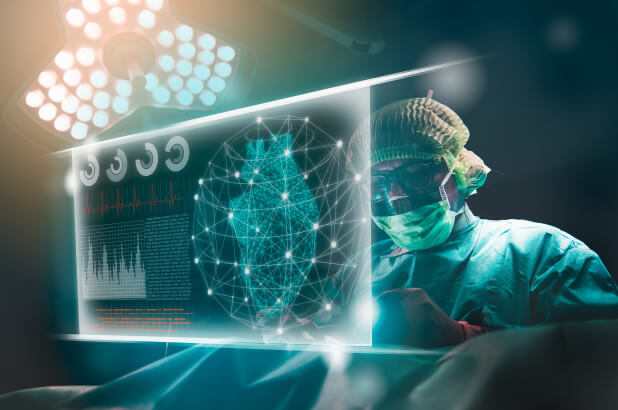An electrocardiogram allows artificial intelligence to predict the likelihood of someone dying during the next year of their life.
Researchers at the American medical company Geisinger have developed an AI capable of not only predicting the probability of death of a patient in the next year from the data of an electrocardiogram, but of doing so more reliably than any other similar procedure known.
The patterns of the electrical activity of the heart change according to the condition of the heart and the ailments suffered in the past. It seems that the key lies in the fact that this AI perceives signs of this risk in ECG data that doctors consider normal.
What does AI see that we cannot perceive?
Geisinger researchers commissioned an artificial intelligence laboratory to examine the results of 1.77 million electrocardiograms of almost 400,000 people. Two versions of AI were created: one trained only with the data from the unprocessed electrocardiograms, while the other used a combination of those data with aspects such as the age and sex of the corresponding patient.
And it was the first version that proved to be better differentiating the electrocardiograms of patients who, indeed, died at most a year after testing, from those who did not. According to Brandon Fornwalt, principal investigator of the Geisinger study,
"In all cases, the model based on the data of the electrical activity was always better than any model we built from data outside of what already appears on the electrocardiogram."
They measured this using a metric known as AUC, which indicates success in distinguishing between two sets of data, where a perfect score is 1 and a score of 0.5 indicates that there is no distinction between the two groups.
The AI scored above 0.85, when the risk assessment methods currently used by physicians range between 0.65 and 0.8.
AI accurately predicted the risk of death even in people who several cardiologists estimated, separately, who showed a completely normal electrocardiogram.
None of the cardiologists were able to see the risk patterns that AI did detect.
"Artificial intelligence can teach us things that we have been misunderstanding for decades."

